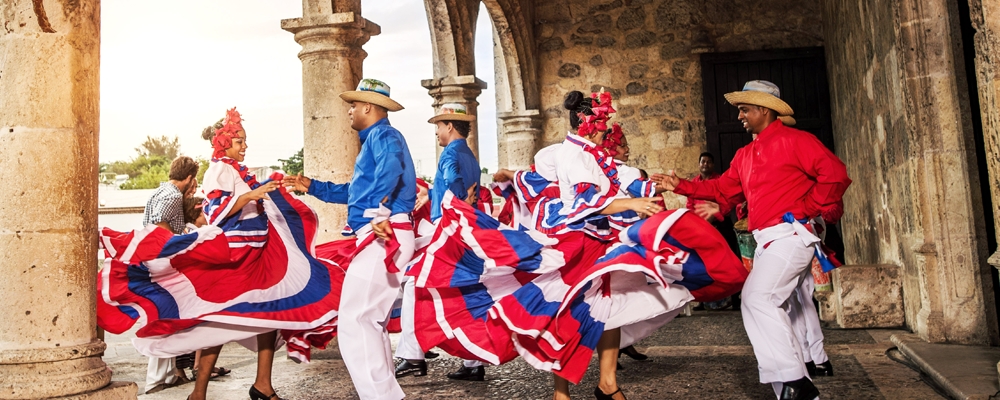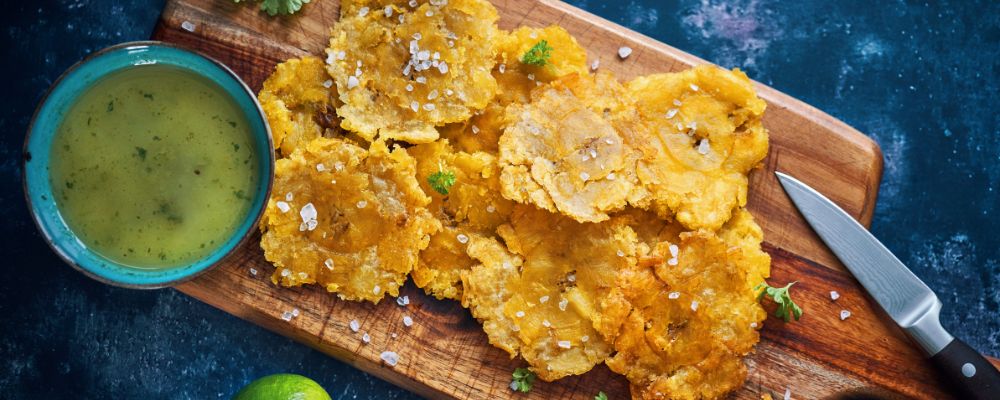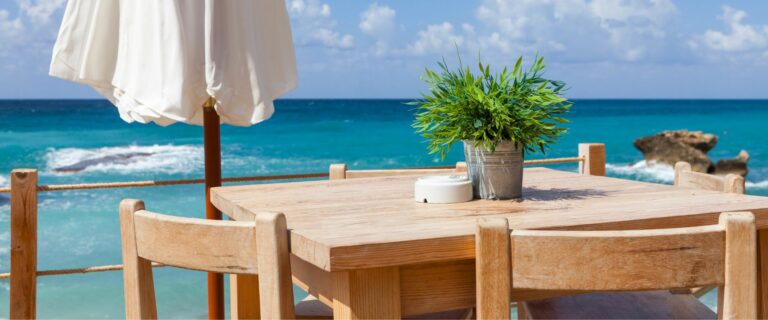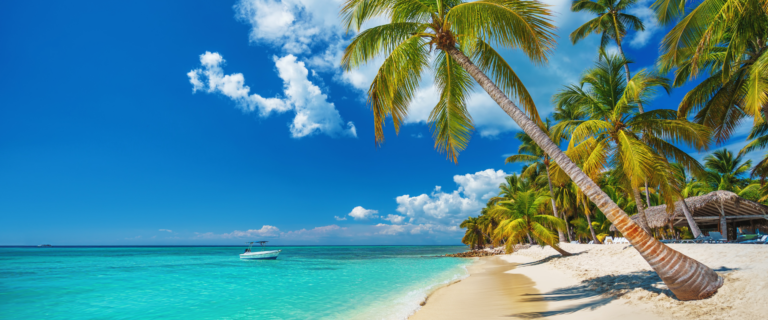What You Need to Know for Your Trip to Punta Cana
What You Need to Know for Your Trip to Punta Cana
If you’re planning your next escape to a Caribbean paradise, there’s no destination more captivating than Punta Cana. With its endless white sand beaches and turquoise watersthis destination offers an unforgettable experience for travelers of all tastes. In this post, we will tell you what you need to know for your trip to Punta Cana.
Before embarking on this adventure, there are some tips and key insights you should keep in mind to make the most of your time in this dream destination. From the best times to visit to the must-do activities and practical details for your stay, get ready to discover everything you need to know for your trip to Punta Cana.
What is the best time to travel?

The best time to travel to Punta Cana is during the months of December to April, when the weather is warm and dry, with daytime temperatures ranging between 25°C and 30°C. These months coincide with the high season in the region, attracting travelers seeking to escape the winter cold in other parts of the world.
During this period, rainfall is minimal and days are sunny, making it the perfect time to enjoy the stunning beaches, engage in water sports, and explore the natural and cultural charms of the area.
However, it’s important to note that due to the popularity of this season, accommodation and activity prices may be higher, so it’s advisable to book in advance to secure the best deals and availability.
What documentation should I bring?

When traveling to Punta Cana, it’s essential to carry the appropriate documentation with you to ensure a smooth experience.
- In general, you can stay in the Dominican Republic as a tourist for a maximum of thirty days without needing a visa.
- Make sure you have a valid passport with at least six months validity from the date of entry into the country.
- You must complete an electronic migration form (e-ticket) before entering the Dominican Republic. The form must be filled out before traveling through the link http://eticket.migracion.gob.do/ and generates a QR code, which will be requested at the immigration checkpoint. This document is valid for a period of 30 days and should be kept carefully throughout your stay.
- For some countries, you may need to obtain a visa before your arrival, so make sure to check the specific requirements based on your nationality.
- To exit the country, it is necessary to complete the migration form (http://eticket.migracion.gob.do/) and present the QR code for immigration control upon departure from the Dominican Republic.
We recommend traveling with travel and medical insurance that includes coverage for hospitalization and medical repatriation expenses in case of emergencies.
In addition to these basic documents, it is advisable to carry copies of your hotel reservation, flight itinerary, and any other relevant information about your trip. Also, keep the contact details of your country’s embassy or consulate in the Dominican Republic in case of emergency. With all your documentation in order, you’ll be ready to fully enjoy your adventure in Punta Cana.
Climate, language, and currency

Punta Cana offers warm weather year-round, with temperatures ranging between 25°C and 35°C. The rainy season in Punta Cana runs from May to October, with September being the rainiest month. In contrast, the months from December to April are drier and sunnier, ideal for enjoying outdoor activities.
The official language in the Dominican Republic is Spanish, but English is widely spoken in the tourism industry, so you won’t have any trouble communicating in either language.
As for the currency, the Dominican peso (DOP) is the official currency, although the US dollar is accepted in most tourist establishments. It’s advisable to have cash in both currencies for convenience during your stay in Punta Cana.
Culture and local gastronomy

The culture of Punta Cana is a blend of indigenous Taíno, African, and European influences, reflected in its traditions, music, art, and gastronomy. Music and dance play a fundamental role in daily life, with rhythms like merengue and bachata filling the streets and nightlife entertainment venues. Furthermore, local craftsmanship, including works in wood, ceramics, and coral, showcases the skill and creativity of Dominican artisans.
In terms of cuisine, Punta Cana offers a variety of dishes that blend African, European, and Taíno flavors. From the traditional national dish, sancocho, to fresh fish prepared with coconut and local spices, Dominican cuisine is a celebration of fresh ingredients and vibrant flavors. You can’t miss trying local delights like mofongo, pastelón, and tostones while exploring the culinary delights of Punta Cana.
Excursions and Tours

In Punta Cana, excursions and tours offer a variety of experiences for all tastes. From exploring the rainforest to diving into the crystal-clear waters of the Caribbean, there are options to satisfy every type of adventurer.
Nature lovers can enjoy ecotourism excursions that take them to discover the region’s biodiversity, while water enthusiasts can participate in activities such as snorkeling, diving, and parasailing.
For those interested in history and culture, there are tours that explore ancient Taíno archaeological sites and picturesque fishing villages. Additionally, adventure excursions, such as off-road vehicle routes and zip-lining over the jungle, offer a dose of adrenaline for the more adventurous.
With so many options available, excursions and tours in Punta Cana are an excellent way to explore and enjoy everything this beautiful region has to offer.
We invite you to discover all the excursions we have for you in Punta Cana by clicking on this link Runaway Experiences.






